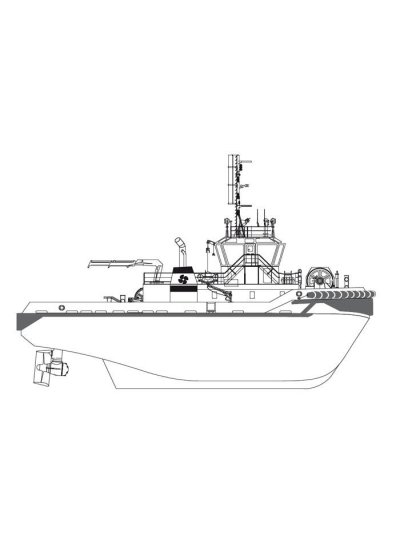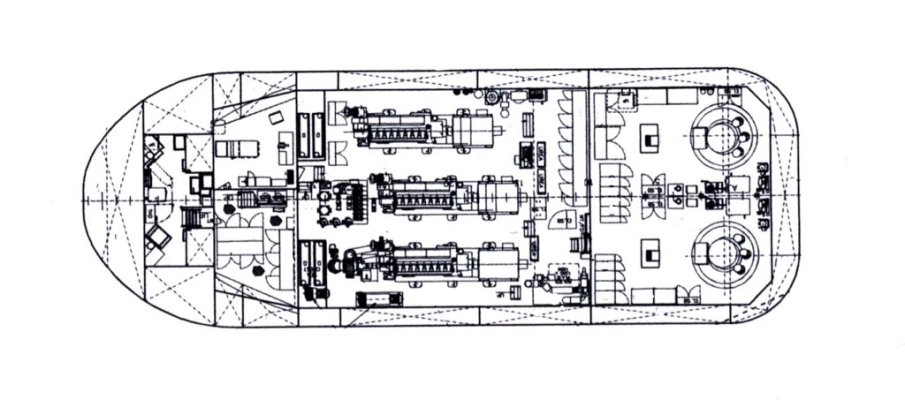Is that engine + pod? Or just pod? If former, what's the delta for pod vs. shaft?
-Chris
That is the additional cost of pod over straight at msrp on the same boat with the same speed. However, it's probably not that far off from what replacement would cost for the pod drive. I'm guessing that would be in the $40,000+ range.
When comparing to a straight drive, let's not forget there is cost there to if you hit something hard enough that it would knock a pod off. Typically that could run $20,000. And on the straight drive the risk of ingress in the event of hitting an object that hard is higher than on the pod. Now if you lightly hit an object, pod or straight drive will have similar damage. These are all ballpark estimates so do not take them to the bank.
There is also a difference in various pods. The most popular on recreational boats are IPS and Zeus. IPS is forward facing and vertical. Zeus is rear facing, in a tunnel and slanted. IPS requires hauling to change the gear oil, Zeus doesn't. IPS is with Volvo, Zeus is with Cummins.
The information I'm giving is not based on any actual experience with pods, but conversations with those who have driven them and information I've gathered in considering them. I have one captain friend who loves them (prefers Zeus) for the economy and the lesser space requirements.
Talking their joystick's vs. joystick's for regular drives, the pod has some advantage especially in things like dynamic positioning, but the other joystick's have made significant progress and rapidly catching up.
Personally, in the US or most of Europe I would not say no to pods if that's the only way the boat I wanted came, but I wouldn't buy a boat simply because it had them. For Central and South America and the Caribbean, I would not consider pods.
For boats traveling at low speeds, I wouldn't choose pods nor do you see them used in those applications often.
However, there are boats where pods are your only choice but the builder has done an incredible job of developing good boat and drive combinations and performance. The first example that comes to my mind is Delta Powerboats, from Sweden.
DELTA POWERBOATS
They are IPS experts, early adopters. (See Sweden.....Volvo...). They're not by any means a price boat so the added cost of pods means nothing to their customer. They just want the best performance and handling and get that with pods.
Now, if I was considering a Sea Ray 410 Sundancer I can't see why I'd pay the extra for pods vs. conventional. Perhaps if I drove two, one after another, there would be something to change my mind. I'm a bit of the mindset "if it ain't broke, don't fix it."
Pods really found a place in the market as fuel prices skyrocketed and as an advantage one boat builder could have over another. For instance, Marquis trying to compete against Sea Ray. Delta vs. Wajer. Sessa and Monte Carlo and even Lazzara trying to get sales. I think they do have a place in the market, but that their percentage of market has leveled off and not reached the levels they hoped for. Other than for economy and efficiency, they were somewhat fixing a problem most of us don't seem to have.
Now, one use of pods I've not mentioned to this point. Azipod's from Azimuth. There are used quite often on ships and may be gaining popularity for major cargo and other commercial boats. Think of them as just being gondola's under the ships with propellers. They can turn 360 degrees so can back almost as fast as forward. Generally the props face forward to reduce water disturbance. Estimates of fuel savings is anywhere from 5-15% but I think most say 8-10%. They are widely used on cruise ships too. Now you're talking applications where 10% savings in fuel is huge dollars and fuel is a very significant part of operating costs.








